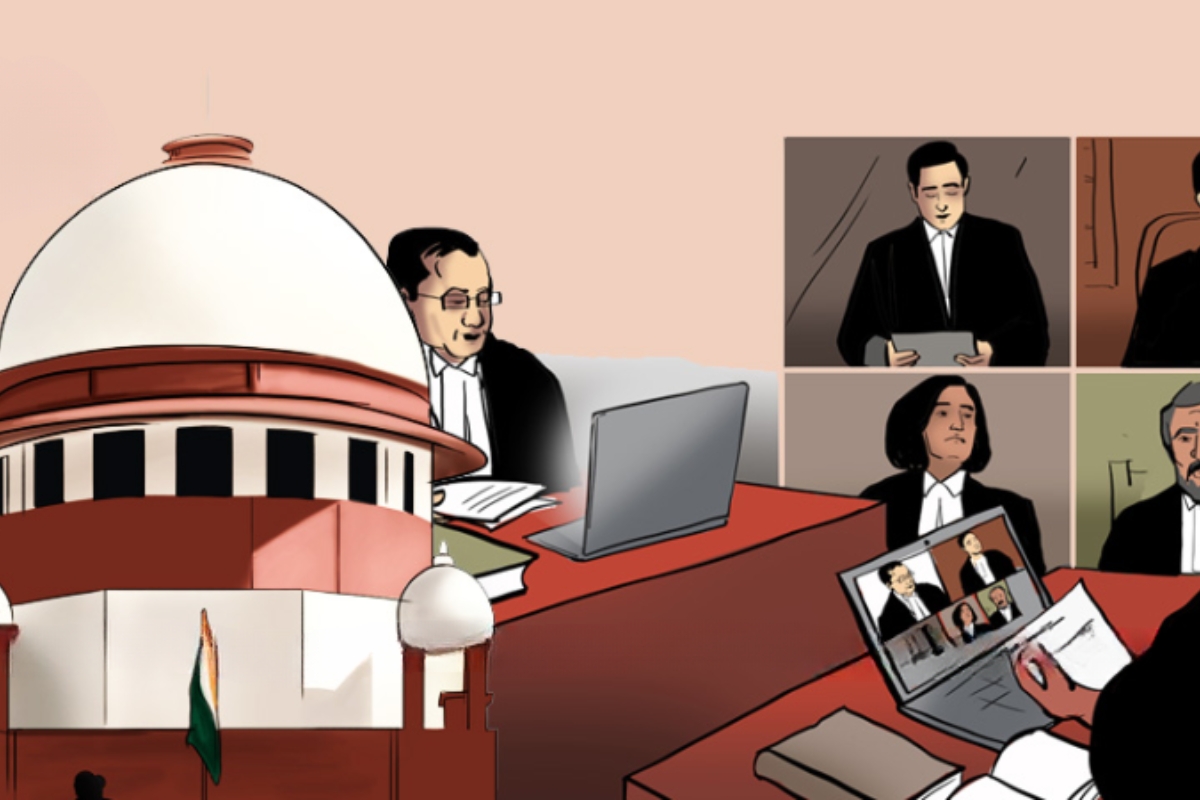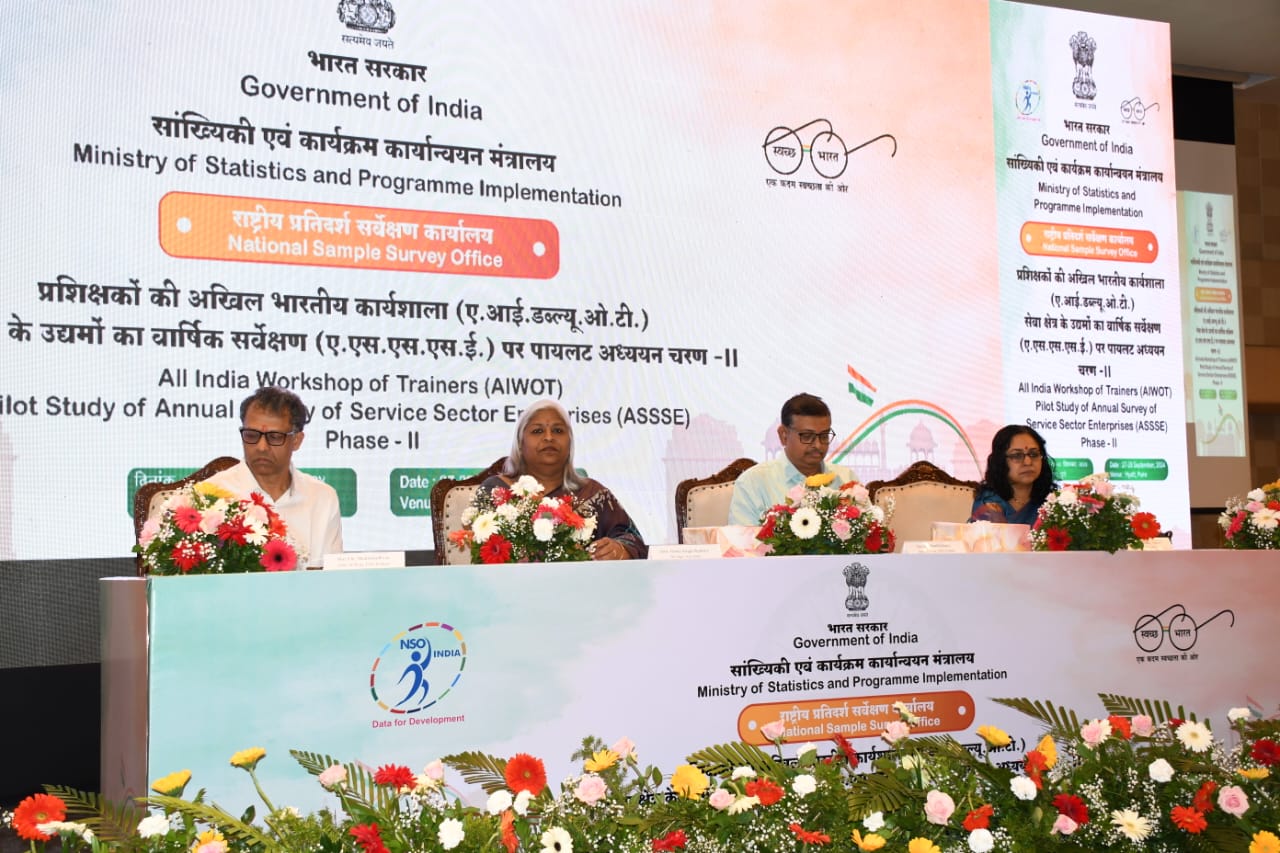- Courses
- GS Full Course 1 Year
- GS Full Course 2 Year
- GS Full Course 3 Year
- GS Full Course Till Selection
- CSAT
- 5 LAYERED ARJUNA Mentorship
- Public Administration Optional
- Online Program
- GS Recorded Course
- NCERT (Recorded 500+ Hours)
- Polity Recorded Course
- Geography Recorded Course
- Economy Recorded Course
- AMAC Recorded Course
- Modern India, Post Independence & World History
- Environment Recoded Course
- Governance Recoded Course
- Science & Tech. Recoded Course
- International Relations and Internal Security Recorded Course
- Disaster Management Module Course
- Ethics Recoded Course
- Essay Recoded Course
- Current Affairs Recoded Course
- ABOUT US
- OUR TOPPERS
- TEST SERIES
- FREE STUDY MATERIAL
- VIDEOS
- CONTACT US
Gene therapy for treating Sickle Cell Disease
Gene therapy for treating Sickle Cell Disease
28-11-2023

Context
Recently, the UK drug regulator approved a gene therapy for the cure of sickle cell disease and thalassaemia.
More about the news
- The first therapy based on gene editing technology Crispr-Cas9 for sickle cell disease and thalassaemia has been approved in the UK.
- The “genetic scissors” that became available for the first time in 2012 have revolutionised the field of biotechnology.
- The therapy is called as Casgevy:
- The therapy edits the faulty gene that leads to these blood disorders, potentially curing the person for life.
- So far, the only permanent treatment has been a bone marrow transplant, for which a closely matched donor is needed.
How does the therapy work?
- Both sickle cell disease and thalassaemia are caused by errors in the gene for haemoglobin.
- Haemoglobin is a protein in the red blood cells that carries oxygen to organs and tissues.
- The therapy uses the patient’s own blood stem cells, which are precisely edited using Crispr-Cas9.
- A gene called BCL11A, which is crucial for switching from foetal to adult haemoglobin, is targeted by the therapy.
- Foetal haemoglobin, which is naturally present in everyone at birth, does not carry the same abnormalities as adult haemoglobin.
- The therapy uses the body’s own mechanisms to start producing more of this foetal haemoglobin, alleviating the symptoms of the two conditions.
Challenges of this treatment
- High Cost: Although the price of the therapy hasn’t been announced, it is likely to be very high. Estimates suggest it could be as much as $2 million per patient, which is in line with other gene therapies.
- Absence of local manufacturing facilities: Another limitation is the absence of local manufacturing facilities, which means that the harvested blood stem cells have to be sent across countries.

CRISPR Technology
- CRISPR stands for Clustered Regularly Interspaced Short Palindromic Repeats and was developed in the year 2012.
- CRISPRs are specialised stretches of DNA.
Cas9:
- The protein Cas9 (or “CRISPR-associated”) is an enzyme that acts like a pair of molecular scissors, capable of cutting strands of DNA.
- It allows researchers to easily alter DNA sequences and modify gene function.
Treatment:
- CRISPR-Cas9 technology was set to revolutionise medicine in the treatment of diseases such as sickle cell anaemia, for instance, and agriculture.



